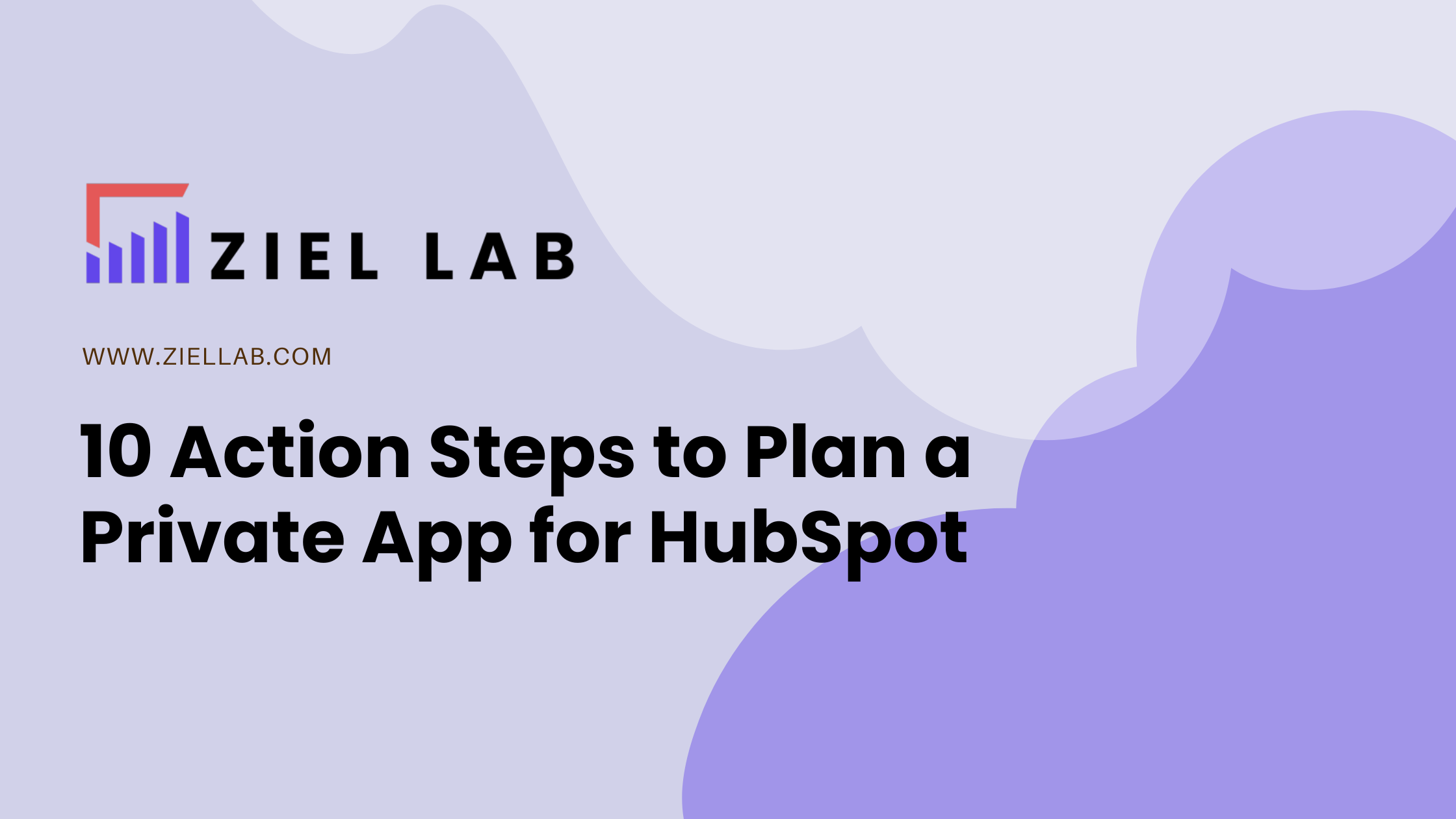10 Action Steps to Plan a Private App for HubSpot
Read Time 2 mins | Written by: Abhishek Singla

Discover the essential steps required to plan and develop a private app for HubSpot that will streamline your data syncing and improve your overall workflow.
Understanding Your Business Needs
Before diving into the development process of a private app for HubSpot, it is crucial to understand your business needs. Take the time to analyze your current workflows, identify pain points, and determine what specific tasks or data syncing processes you want to streamline.
Consider the goals and objectives of your organization and how a private app can help you achieve them. This step will lay the foundation for the rest of the planning process and ensure that your app is tailored to your unique business requirements.
Researching HubSpot API Documentation
Once you have a clear understanding of your business needs, it's time to dive into the HubSpot API documentation. Familiarize yourself with the available endpoints, authentication methods, and data models provided by HubSpot.
Thoroughly research the capabilities and limitations of the HubSpot API to ensure that your app's functionalities align with what is possible within the platform. This research will help you make informed decisions during the development process and avoid any roadblocks or compatibility issues.
Defining App Functionalities and Features
Based on your research and understanding of your business needs, you can now start defining the functionalities and features of your private app. Determine the specific actions and data syncing processes that your app should be able to perform.
Consider the user experience and ensure that your app provides a seamless and intuitive interface for users to interact with. Clearly define the inputs, outputs, and any additional features that will enhance the overall functionality and value of your app.
Designing User Interface and Experience
The user interface (UI) and user experience (UX) of your private app play a crucial role in its success. Design an interface that is visually appealing, easy to navigate, and aligned with your brand identity.
Consider the user journey and ensure that each step within the app is intuitive and logical. Pay attention to details such as color schemes, typography, and interactive elements to create a seamless and enjoyable experience for your users.
Testing and Iterating for Optimal Performance
Once your private app is developed, it's essential to thoroughly test its functionality and performance. Conduct rigorous testing to identify any bugs, errors, or inconsistencies in the app's behavior.
Iterate on the app based on user feedback and testing results to optimize its performance. Continuously monitor and evaluate the app's performance to ensure that it meets your business needs and delivers a seamless experience for your users.
Build custom private apps to solve your business problems
Abhishek Singla
Abhishek Singla leads Ziel Lab with expertise in CRM and analytics tools like Segment, HubSpot, Keap, Pipedrive, GA4, and Mixpanel. Specializing in demystifying the complex CRM landscape, he empowers businesses to streamline processes and enhance customer relationships through data insights. Join him on the blog for practical tips on navigating CRM and analytics challenges.
